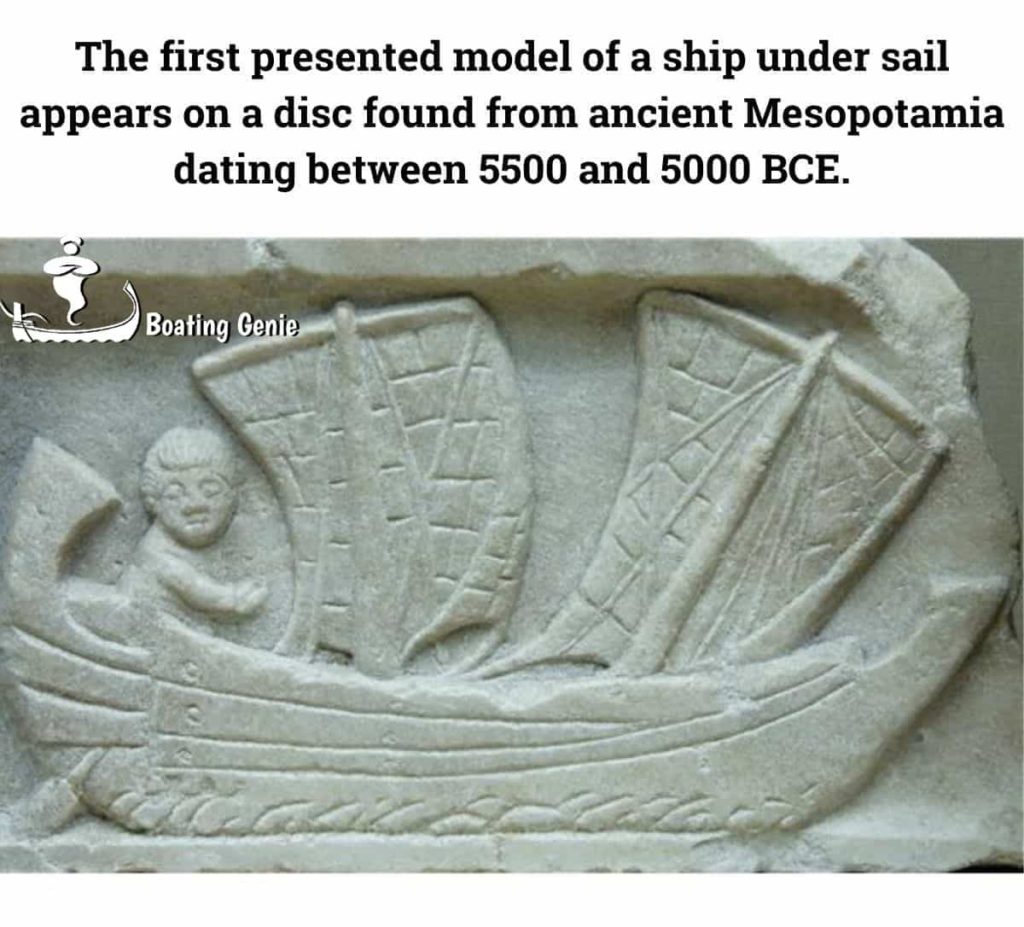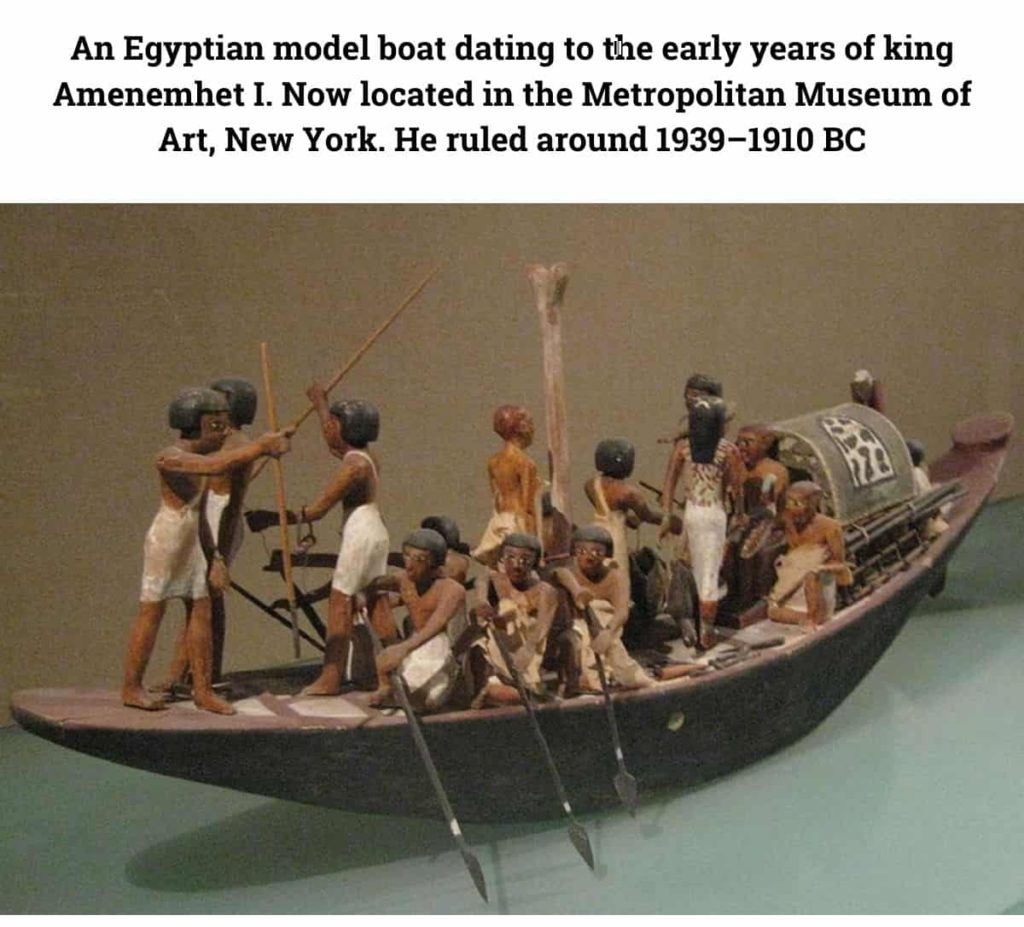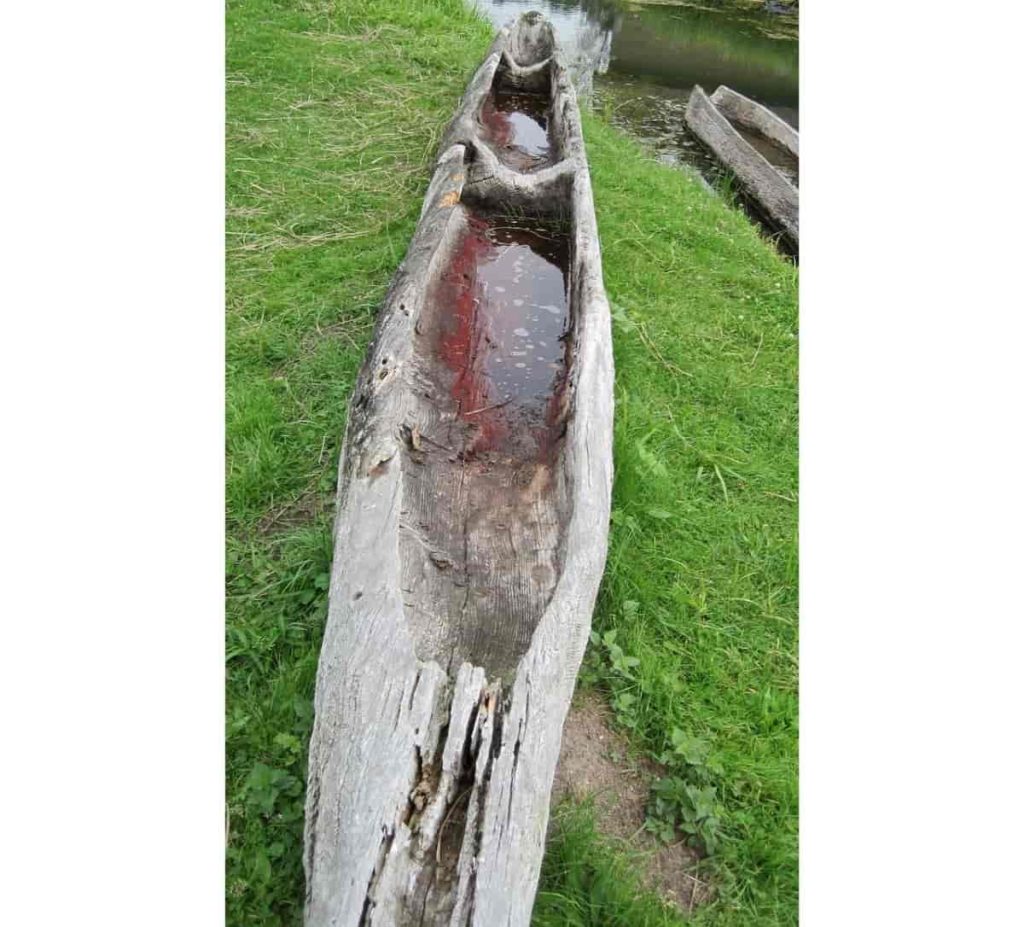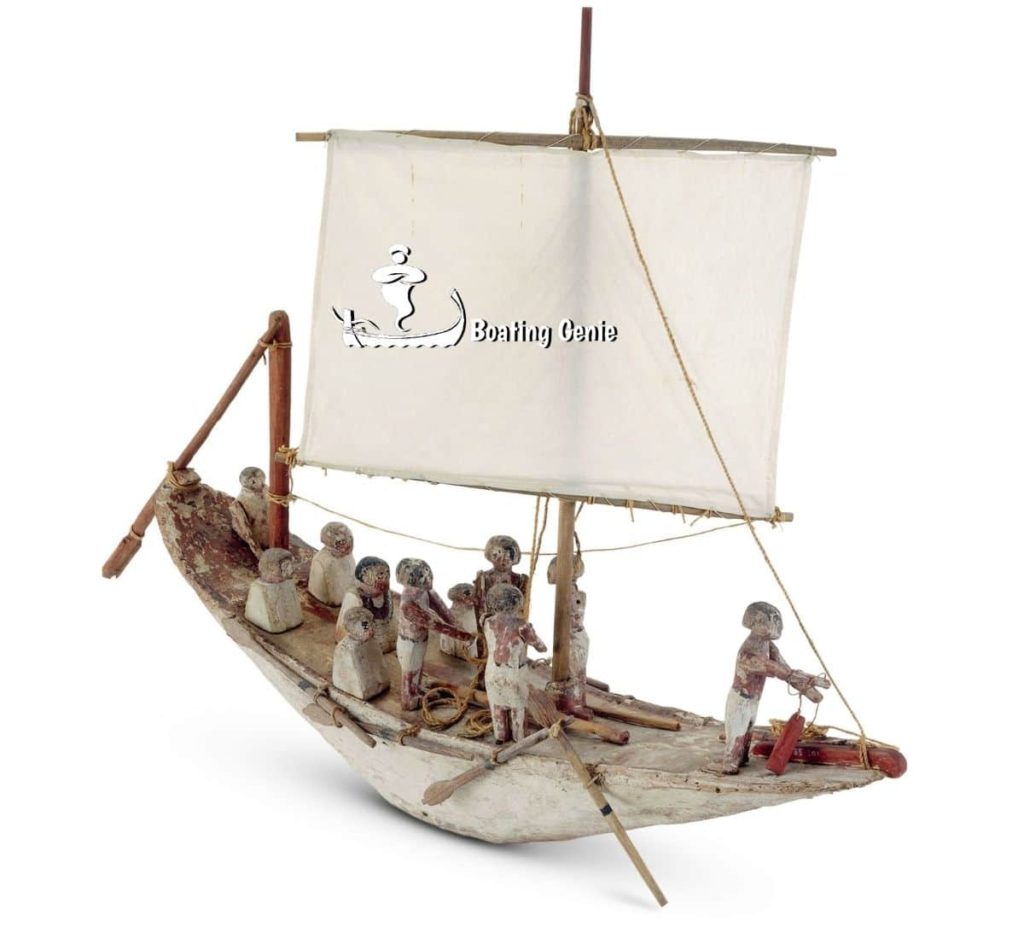Who Invented The Sailboat? When Was Sailing First Invented?

For several thousand years, people sailed for exploration and settlement, just as they sailed for trade and conquest. people have sailed to discover the sea, which attracted them to its secrets and its exciting adventures.
More importantly, Nations became rich and impregnable throughout history when they dominate the seas in times of war and peace. It also retreated and subdued when it lost control of the seas.
And that leads us to the question when was sailing invented?
Sailing was invented more than 7000 years ago. The first presented model of a ship under sail appears on a painted disc found in ancient Mesopotamia between 5500 and 5000 BCE. In modern-day Iraq-Kuwait.
Another record appears on an Egyptian vase about 3500 BC. These sailing ships sailed on the Nile, Tigris, and Euphrates ٌRiver.

Ancient civilizations including the Mesopotamians, Egyptians, Greeks, and Romans all used sailing boats, and throughout history, sailing has been instrumental in The Evolution of civilization.
Affording humanity greater mobility than travel overland, and many nations and cultures have brought advancements to the sailing methods and techniques over the centuries.

But scientists believed that the first model of sailing boat was thousands of years before the first record appears, lets’s see how
How was the sailboat invented?
Before the invention of the ship in its currently known form, humans used small boats as a way of transport on water.
Throughout ancient history, primitive peoples preferred to settle near rivers, lakes, and seas, as these geographic places were considered the main source of food at that time.

Hence the need to find a way to navigate the waters of rivers and seas. To find more food sources and safer places for settlement.
Scientists believed that the first idea of building a sailing boat, similar to all the earliest innovations that came through history. Coincidence in front of a creative person. Let’s explain how.

The first idea, believed, came from a primitive man who noticed a tree trunk floating on the water, and he realized it would be useful and helpful to cross the river safely.
If he was on top (standing or sitting on it), directing and pushing it by relying on the bottom of the water with a long stick.
Then the concept evolved after that the primitive humans through the next generations started to gather a number of tree trunks ( logs ) and joined them together with a tie.
That was the beginning of the emergence and use of the “raft”. After a period of time, and through the passed information the primitive man gained some knowledge and developed an understanding of how the tree trunks float on water.
Afterward, he was able to hollow the tree trunk, using stone tools, and at other times he used “fire” to burn the inner parts of the tree trunk so that they could be removed after burning.
And thus the first boat was created, lightweight, easy to maneuver with a long stick, and safe on the water.

After that, they found that the long stick was not sufficient to enable boats to move away from the shores of rivers and lakes.
Where the water was deep and the stick could not reach a solid bottom to support to push the boatload forward. So they thought of finding another way, and
They found that tree peels can be useful for this purpose. Following that, they discovered that the flat-ended sticks of wood would do better. then the beginning of the use of oars appeared.

About using sails, like most Innovations, the creation of a sail probably started as a Coincidence –someone somewhere held a piece of animal skin up to the wind and noticed that it made their raft of driftwood move faster.
From those poor beginnings, the idea of using a sail to move through the water went on to change the concept of navigating the water forever.
They used the surrounding animal skins and the twigs that were tied to a stake fixed in the center of the boat, and that was the first sail.
Then the human began to increase the size of the sail to the maximum extent that could receive the largest amount of wind. From here the concept of the mast started to develop.

With the power of the wind that pushes the boat forwards, a considerable obstacle appears. And that is The boat’s stability. The wind pushes you forward at the same time as the water resists it.
That caused the boat to be blown sideways, swinging, and eventually capsizing. Then they start to think and develop a way to overcome this obstacle and throughout the next generations the primitive man figured out a solution. and that was The Keel.
It is a flat blade that comes down in the center from the bottom-most part of the boat. it keeps the boat balanced and it holds the ballast that keeps the boat right-side-up and prevents it from capsizing.
This was followed by the invention of the rudder to direct the movement of the boat to the right or left.
From the beginning of the first concept of the boat ( a tree trunk ) to this moment at that time ( a raft with a mast holds the sail and a keel at the bottom of the boat with a rudder to direct the boat ). where the real sailboat appears.
These evolutions are the biggest evolutions in the concept of sailing through history, and they were even thousands of years before the first record of a ship under sail appeared.
Since then there aren’t huge changes or innovations in the principles and the concepts of sailing. But there were many improvements and evolutions.
And Once the principle of a watertight hull starts to appear and get understood, animal hides or the bark of trees can be attached to a framework of bamboo or wicker to make a simple coracle and canons.

And If planks are added to raise the edges of a dug-out canoe, with wooden struts to hold them in place, the primitive boatbuilder is on the way to the perfect design of the wooden boat that is capable of being built on a large scale.
Final thought
The primitive boatbuilder has moved to another level, which is sailing ships, with the development of the mechanisms, techniques, and materials used in boatbuilding.
Their boats start to get bigger and bigger, which made them stronger and carry more loads. In the beginning, the sails were in the form of a large square, fixed to the boats with the upper mast.
With the development of the sails, it transformed into a complex arrangement that depends on the spin of the mast, depending on the direction and strength of the wind.
That was one of the most critical transformations in sailing ability because it allowed the ship to sail in different directions. Not just forwards with the wind blowing from the back.
But they became able to sail through the wind, so the ship’s path and direction became dependent on the angle from which the wind blew, and the intended route for the ship to take.

That means ships now can travel for longer distances and discover more waters.
Throughout history sailing has been instrumental in the development of civilization, affording humanity greater mobility than travel overland, whether for trade, searching for food, transport, or warfare.
Both the earliest civilizations, the Mesopotamians and the Egyptians, were the most contributors to the development of the sailing concept.
Then the human earned knowledge and developed a better understanding of each part of the boat and how it works in the best way. And began to make improvements for each part until it got to us as we know it today.
Also, you can read:
How to learn to sail for free
How to make your sailboat faster
I hope you found this article helpful, if you did, please bookmark this page and share it with your friends.